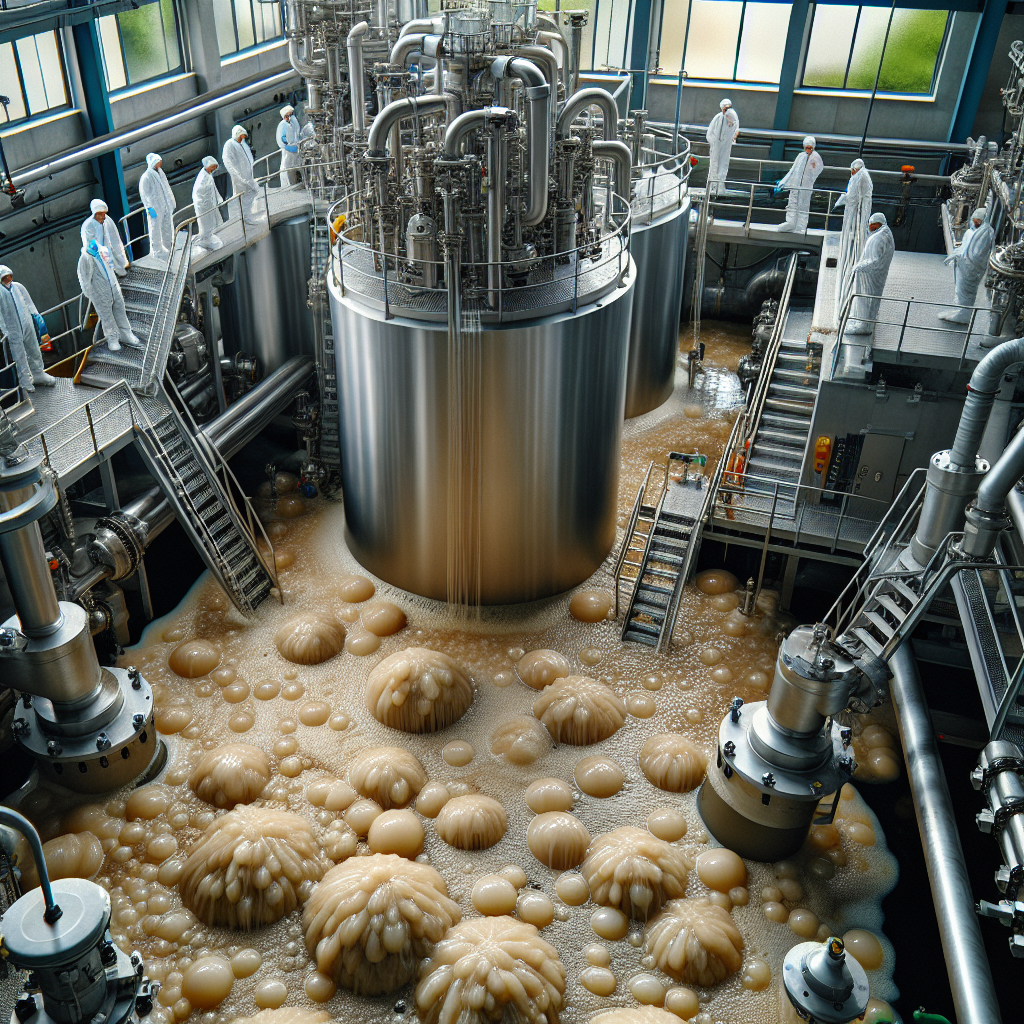Introduction
Grease recovery is an essential process within the food and wastewater industries, aimed at reclaiming fats, oils, and grease (FOG) from water systems. The efficient management of these substances is critical not only for environmental sustainability but also for operational efficiency and cost savings. This article delves into the methods, benefits, and challenges associated with grease recovery, providing a comprehensive view of its importance and implementation.
The Importance of Grease Recovery
Grease recovery is central to maintaining the integrity of wastewater treatment systems and reducing environmental pollution. Fats, oils, and grease, commonly found in kitchen wastewater, can cause significant issues when they enter sewers and treatment facilities. These substances can solidify, leading to blockages, sewer overflows, and costly maintenance. Additionally, improper disposal of FOG contributes to water pollution, harming aquatic life and ecosystems.
Recovering grease not only alleviates these issues but also presents an opportunity to recycle FOG into valuable resources. For instance, recovered grease can be transformed into biodiesel, offering an alternative energy source that reduces dependence on fossil fuels. This dual benefit underscores the critical role of grease recovery in promoting both environmental protection and sustainable resource utilization.
Methods of Grease Recovery
Several methods are employed to recover grease from wastewater, each with its distinct advantages and applications. The choice of method typically depends on the volume of wastewater, the concentration of FOG, and the specific operational requirements of the facility. Common methods include gravity separation, grease traps, dissolved air flotation (DAF), and biological treatment.
Gravity Separation: This method leverages the natural buoyancy of grease, which tends to float on the surface of water. Separation units or settling tanks are designed to allow grease to rise to the top, where it can be skimmed off for recovery. This method is simple and cost-effective, ideal for facilities with moderate grease loads.
Grease Traps: These devices are strategically installed within the plumbing system to intercept FOG before it enters the sewage system. Grease traps slow down wastewater flow, enabling grease to separate and rise to the surface. They are widely used in commercial kitchens and food service establishments due to their efficiency and ease of maintenance.
Dissolved Air Flotation (DAF): DAF systems utilize air bubbles to attach to grease particles, causing them to float to the surface more quickly. This method is highly effective for facilities with high FOG concentrations, as it enhances separation efficiency. DAF units are commonly used in industrial wastewater treatment plants.
Biological Treatment: This approach involves the use of microorganisms to biodegrade FOG into simpler substances. It is a sustainable method that reduces the volume of recovered grease while simultaneously treating the water. Biological treatment is suitable for facilities looking to integrate eco-friendly practices into their operations.
Challenges in Grease Recovery
While grease recovery offers numerous benefits, it also presents a set of challenges that must be addressed to ensure its effectiveness. One of the primary challenges is the variability in grease composition, which can affect the efficiency of recovery methods. FOG from different sources may contain diverse substances, making it difficult to standardize the recovery process.
Another challenge is the maintenance of recovery systems. Grease traps and other recovery units require regular cleaning and monitoring to prevent malfunction and ensure optimal performance. Neglecting maintenance can lead to reduced efficiency and potential system failures.
Additionally, the disposal of recovered grease poses a logistical challenge. While recycling into biodiesel is a viable option, it requires proper infrastructure and partnerships with processing facilities. For some establishments, finding suitable disposal methods that comply with regulations can be cumbersome.
The Environmental and Economic Benefits
Despite these challenges, the environmental and economic benefits of grease recovery are substantial. By preventing FOG from entering wastewater systems, grease recovery helps reduce pollution and protect water quality. This contributes to a healthier environment and aligns with regulatory standards aimed at minimizing environmental impacts.
Economically, grease recovery can lead to significant cost savings for businesses and municipalities. Reducing blockages and overflows minimizes maintenance expenses and prolongs the lifespan of sewer infrastructure. Additionally, the potential revenue from selling recovered grease for biodiesel production provides an added financial incentive.
The integration of grease recovery systems also reflects a commitment to sustainability, enhancing an organization’s reputation and appeal to environmentally conscious consumers. For businesses in the food service industry, this can translate to increased customer loyalty and competitive advantage.
Implementing Effective Grease Recovery Strategies
To maximize the benefits of grease recovery, it is crucial to implement effective strategies tailored to specific operational needs. Establishments should start with a thorough assessment of their wastewater characteristics and grease load to determine the most suitable recovery method.
Regular maintenance and monitoring are essential for the long-term success of grease recovery systems. Implementing a routine cleaning schedule for grease traps and other units ensures that they function efficiently and reduces the risk of clogs and overflows.
Moreover, staff training plays a pivotal role in effective grease recovery. Employees should be educated on best practices for grease management, including proper disposal and maintenance procedures. This ensures that everyone is aware of their role in supporting the recovery process.
Future Trends in Grease Recovery
As technology advances, the field of grease recovery is likely to see innovative solutions that enhance efficiency and sustainability. Emerging technologies such as automated monitoring systems and advanced filtration techniques hold promise for improving grease recovery processes. These innovations aim to streamline operations, reduce manual intervention, and optimize the quality of recovered grease.
Furthermore, the growing emphasis on circular economy principles is driving interest in finding new ways to repurpose recovered grease. Research and development efforts are exploring alternative applications for FOG, beyond biodiesel production, such as in the manufacture of lubricants, soaps, and other industrial products. This diversification of end-use possibilities underscores the evolving landscape of grease recovery and its potential to contribute to a more sustainable future.
Conclusion
Grease recovery is a vital process with far-reaching environmental and economic benefits. By effectively managing and recycling fats, oils, and grease, organizations can prevent pollution, reduce operational costs, and support sustainable practices. While challenges exist, they can be addressed through diligent maintenance, proper training, and the adoption of innovative technologies. As the industry progresses, the continued evolution of grease recovery methods will play an essential role in promoting environmental stewardship and resource efficiency.




